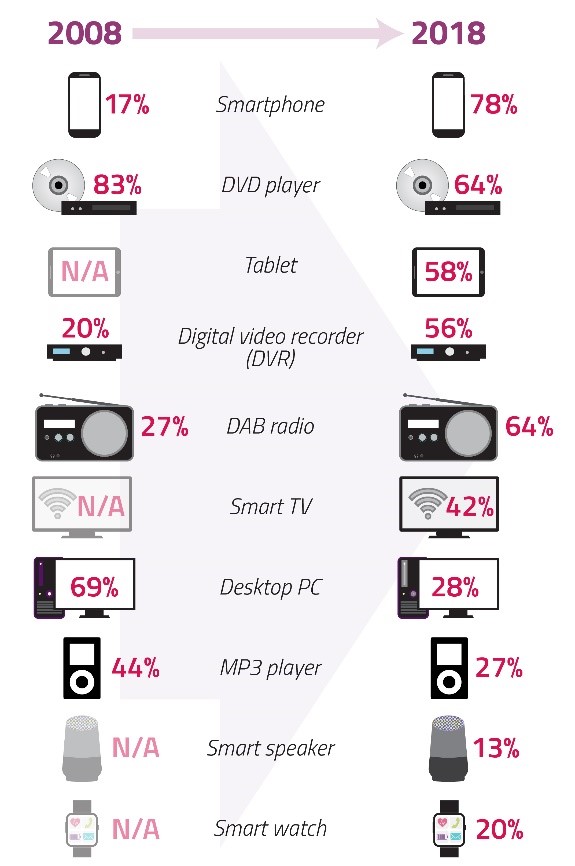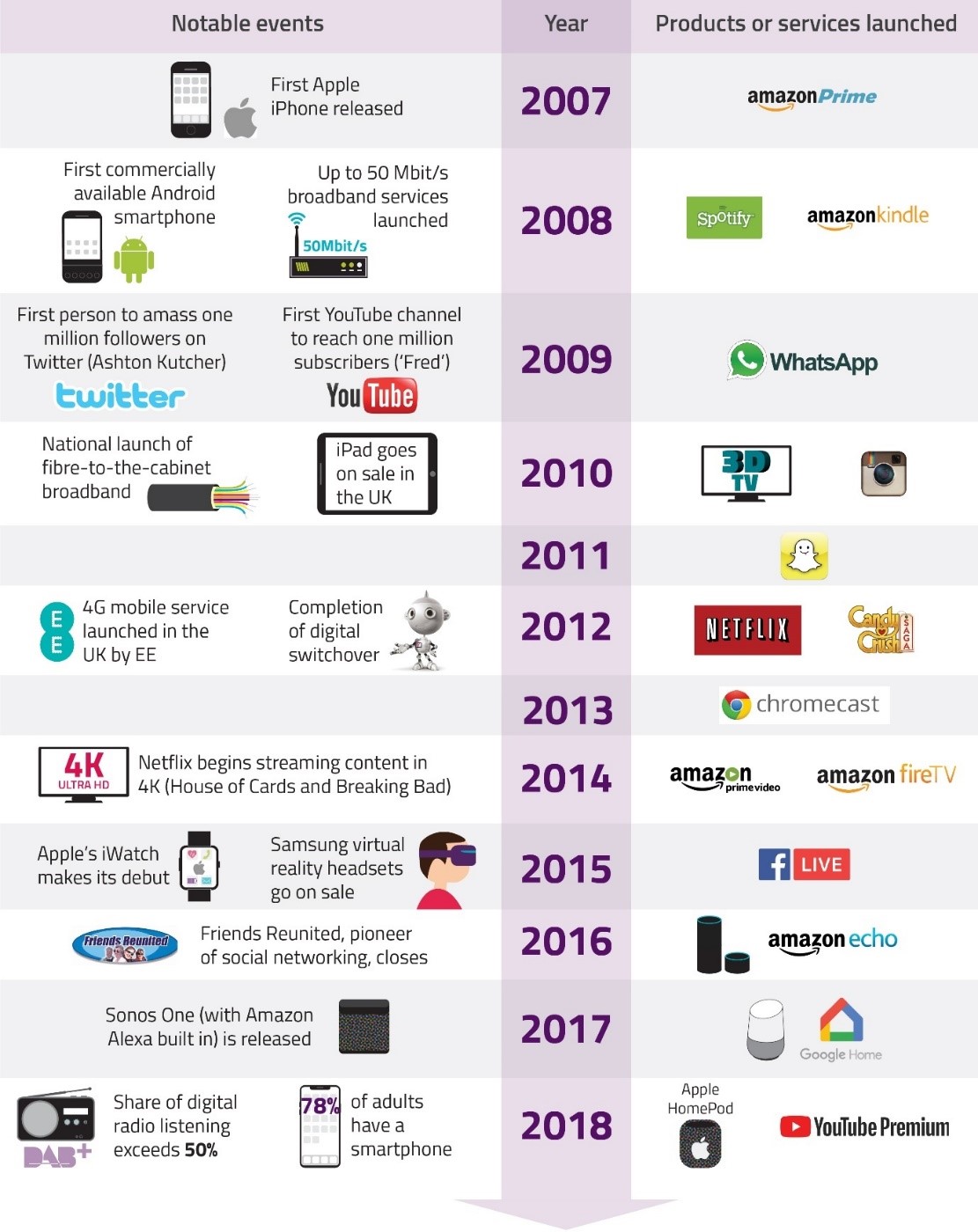Today, what are the UK's top 5 favourite brand logos? According to Avery UK's poll, they are: (1) Coca-Cola (the red really attracts attention), (2) McDonald's (again, attention-getting), (3) Mickey Mouse (the well-known silhouette of mouse ears, a Disney brand), (4) Cadbury (featuring a special purple it has tried to trademark) and (5) Apple (shape and rainbow colours are unique).
The Coca-Cola logo is more than a century old and still popular, always distinctive--important in the ongoing cola marketing battles. Cadbury's purple logo stands out on its wrappers and in its adverts, a quick identifier for buyers. Apple's logo is an apple with one bite gone, simple yet powerful as a point of differentiation in the sea of logos.




